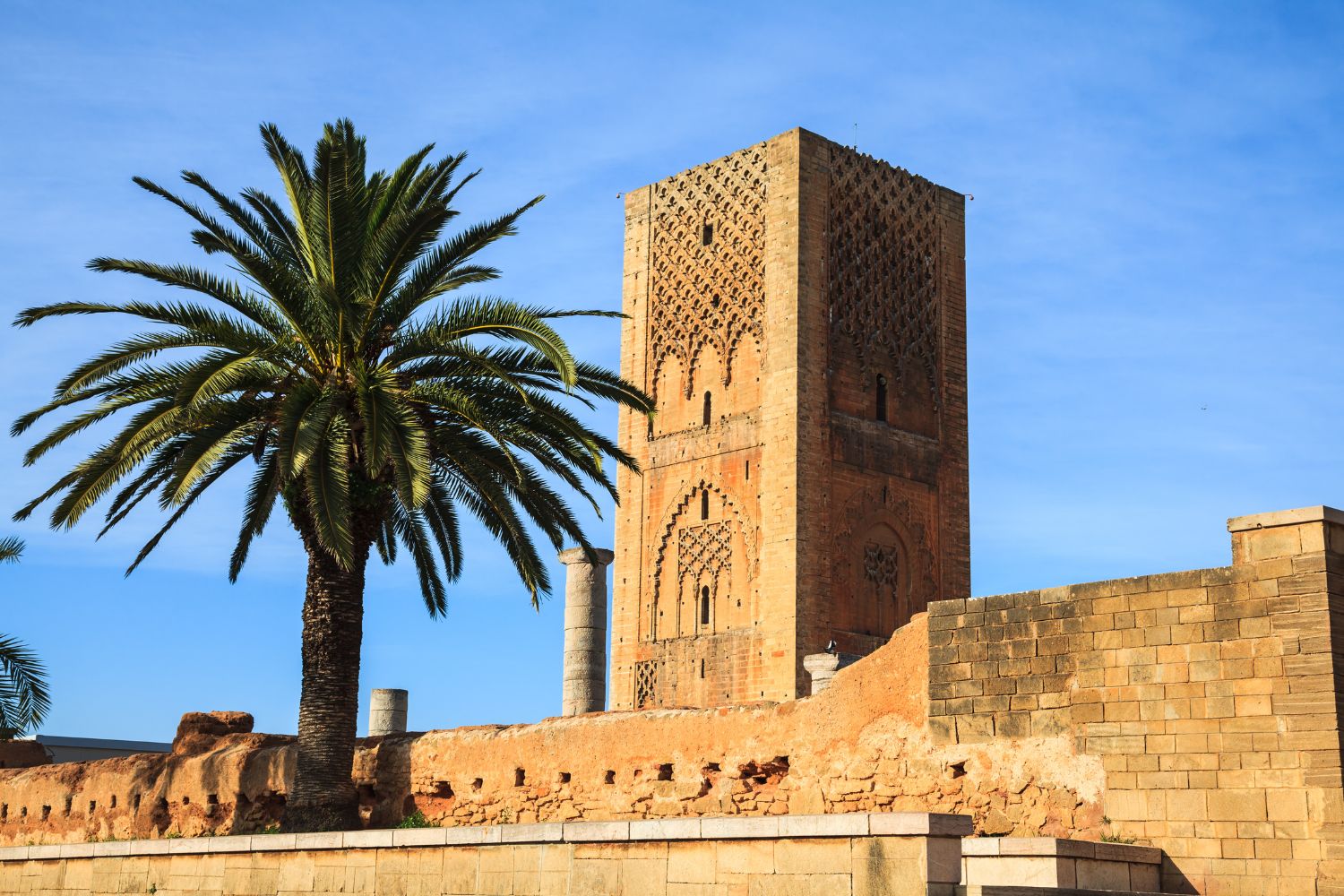Table of Contents

Historical Palaces of Morocco are not just architectural marvels, they are living testimonies of a rich, multifaceted past. Each palace, with its opulent design and intricate details, offers a unique window into the royal and cultural history of this vibrant nation.
The Architectural Grandeur
- A Blend of Influences: Moroccan palaces reflect a confluence of Andalusian, Islamic, and Berber architectural styles, creating a unique aesthetic that is both ornate and elegant.
- Intricate Artistry: The palaces are renowned for their intricate zellij (tilework), elaborate plasterwork, and majestic arches, all of which exemplify the skilled craftsmanship of Moroccan artisans.
Iconic Palaces and Their Histories
Bahia Palace in Marrakech
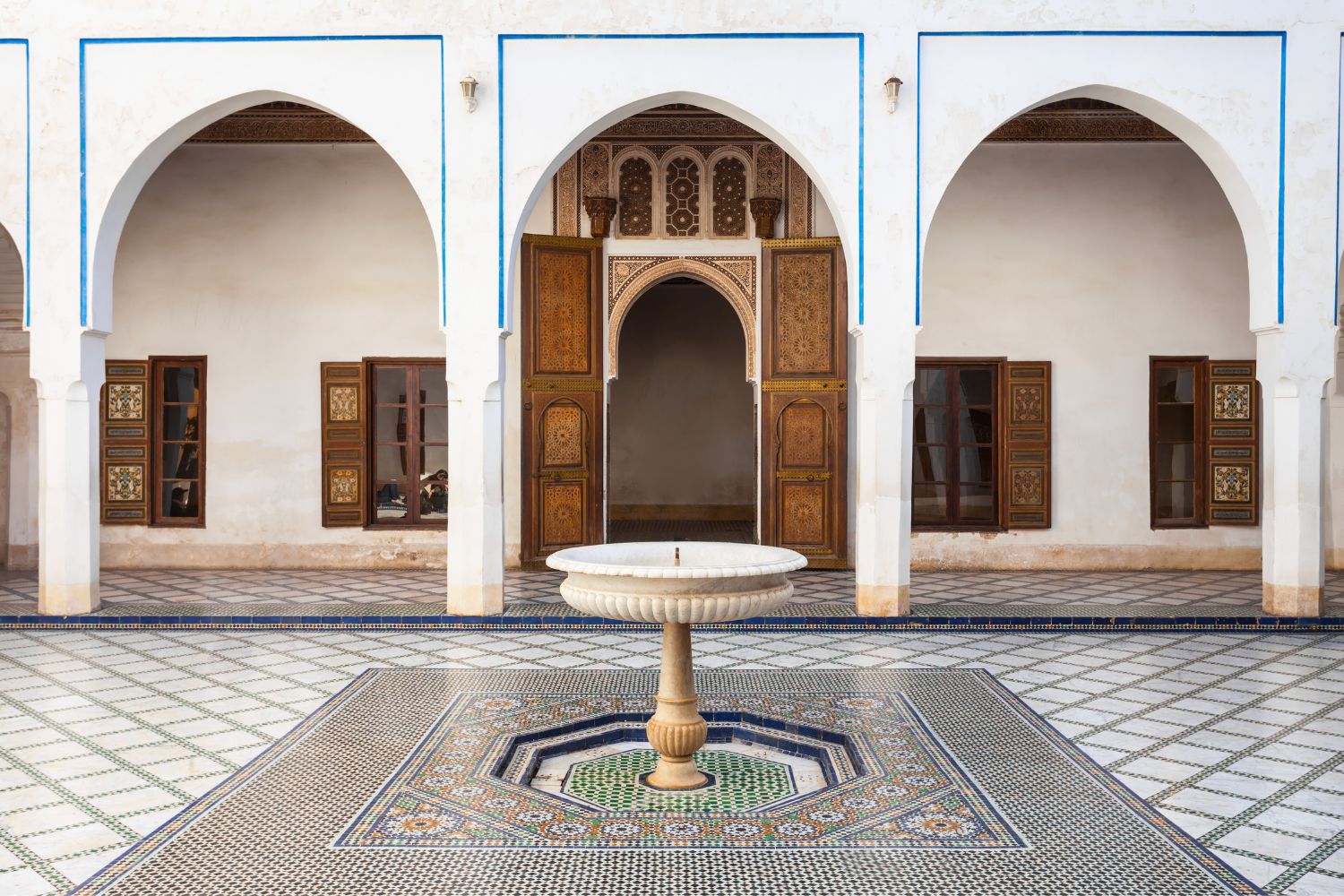
Built in the late 19th century, Bahia Palace is a masterpiece of Moroccan architecture, known for its stunning gardens and exquisite rooms. Its name, meaning ‘brilliance’, aptly reflects the grandeur of the palace.
El Badi Palace in Marrakech
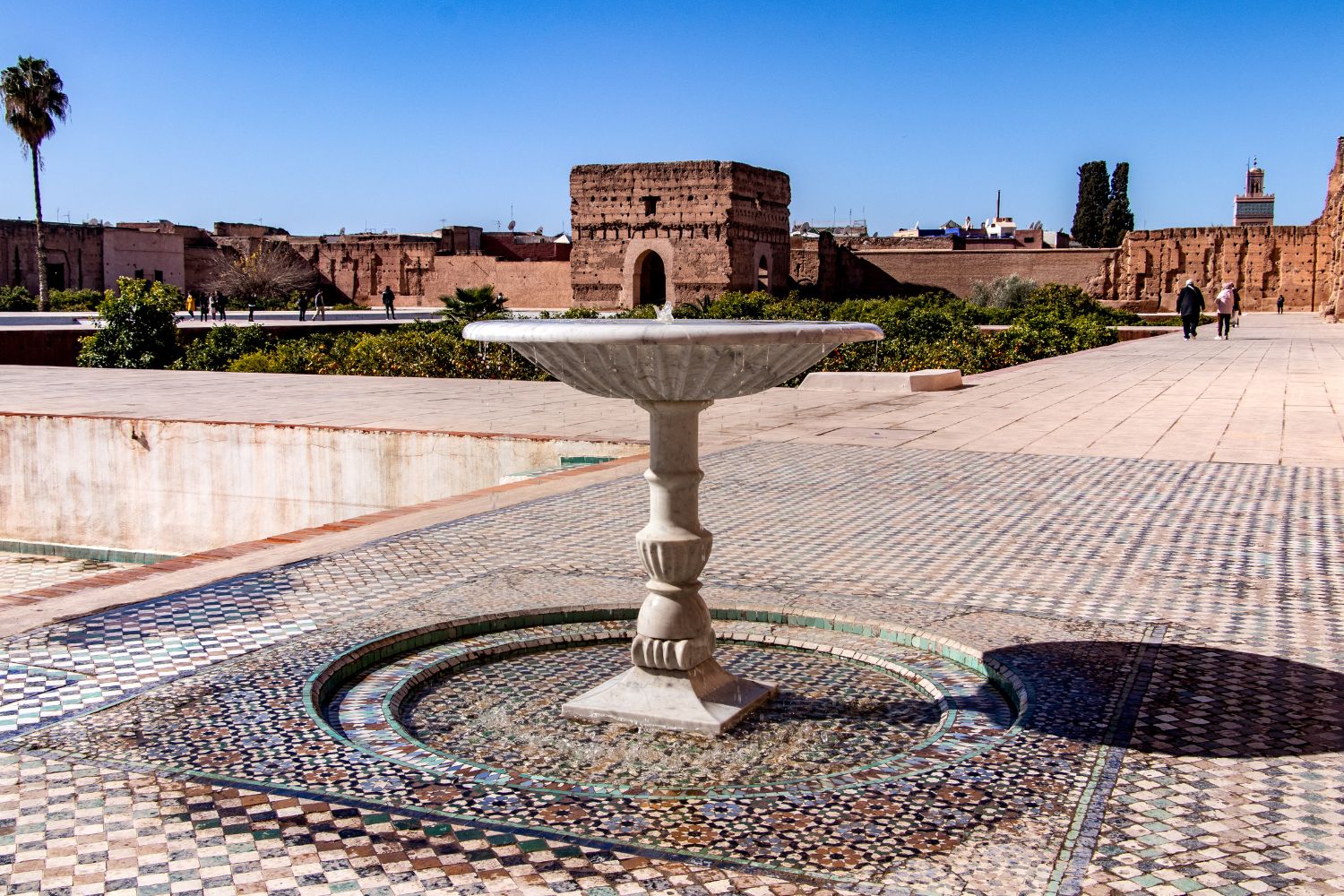
Although now in ruins, El Badi Palace, which means “The Incomparable Palace,” was once a symbol of the Saadian dynasty’s wealth and power. Built by Sultan Ahmad al-Mansur in the 16th century, the palace was famous for its gold, onyx, and marble decorations. Today, its remnants speak of its former glory.
Dar el Bacha in Marrakech
Dar el Bacha, once the home of the powerful Pasha of Marrakech, is a blend of Moroccan and European architectural styles. It features a beautiful courtyard and is now a cultural center that hosts exhibitions and events, allowing visitors to immerse themselves in Moroccan art and history.
Royal Palace of Fez (Dar el Makhzen)
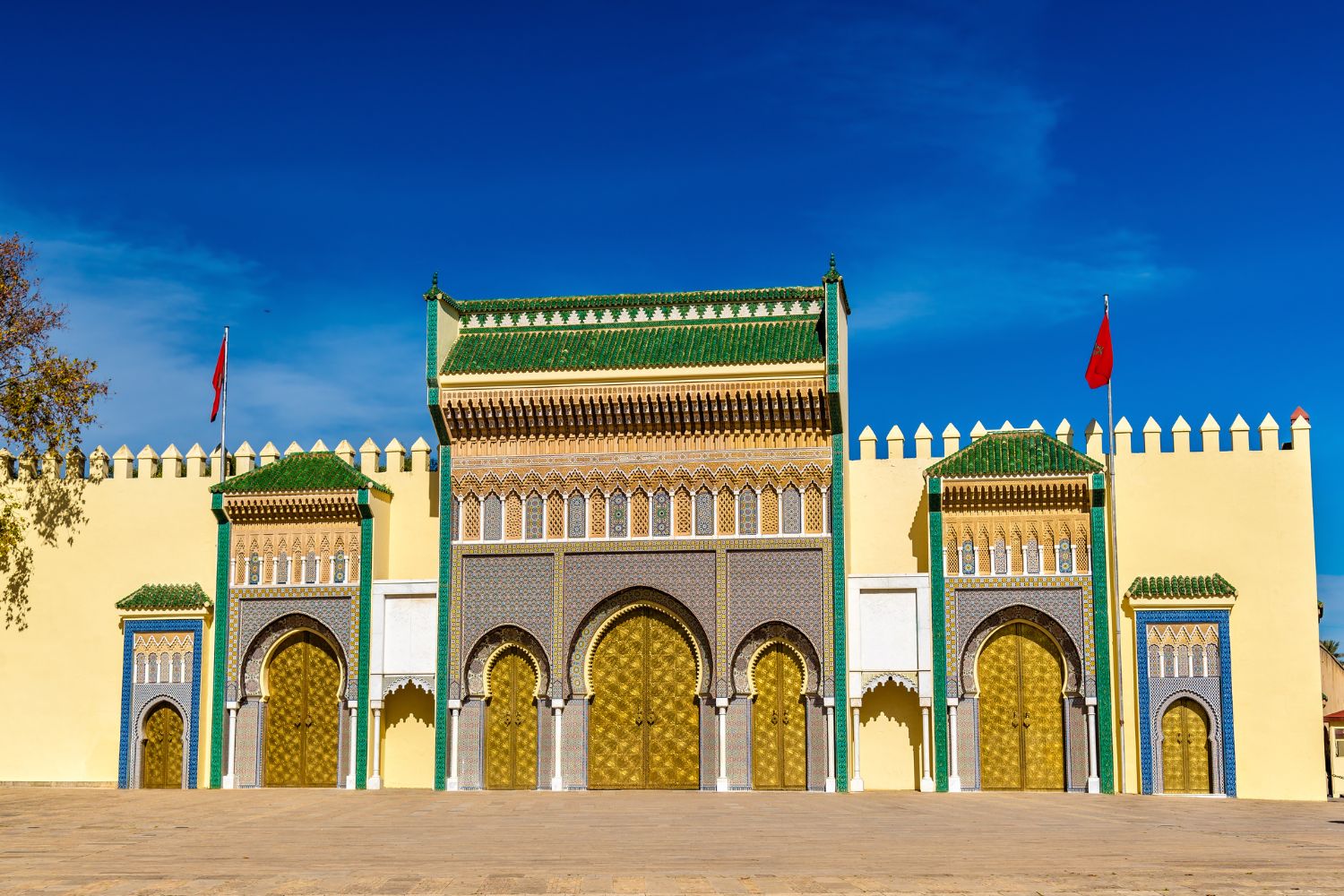
This palace, still in use by the royal family, is the epitome of Moroccan opulence, showcasing the traditional artistry and architectural style of the country.
Royal Palace of Casablanca
The Royal Palace of Casablanca, also known as the King’s Palace, is a relatively modern structure and serves as a secondary residence for the King of Morocco. The palace is renowned for its contemporary Moroccan architecture, lush gardens, and ornate gates. While the interior is not open to the public, the exterior’s grandeur makes it a notable landmark in Casablanca.
Royal Palace in Rabat
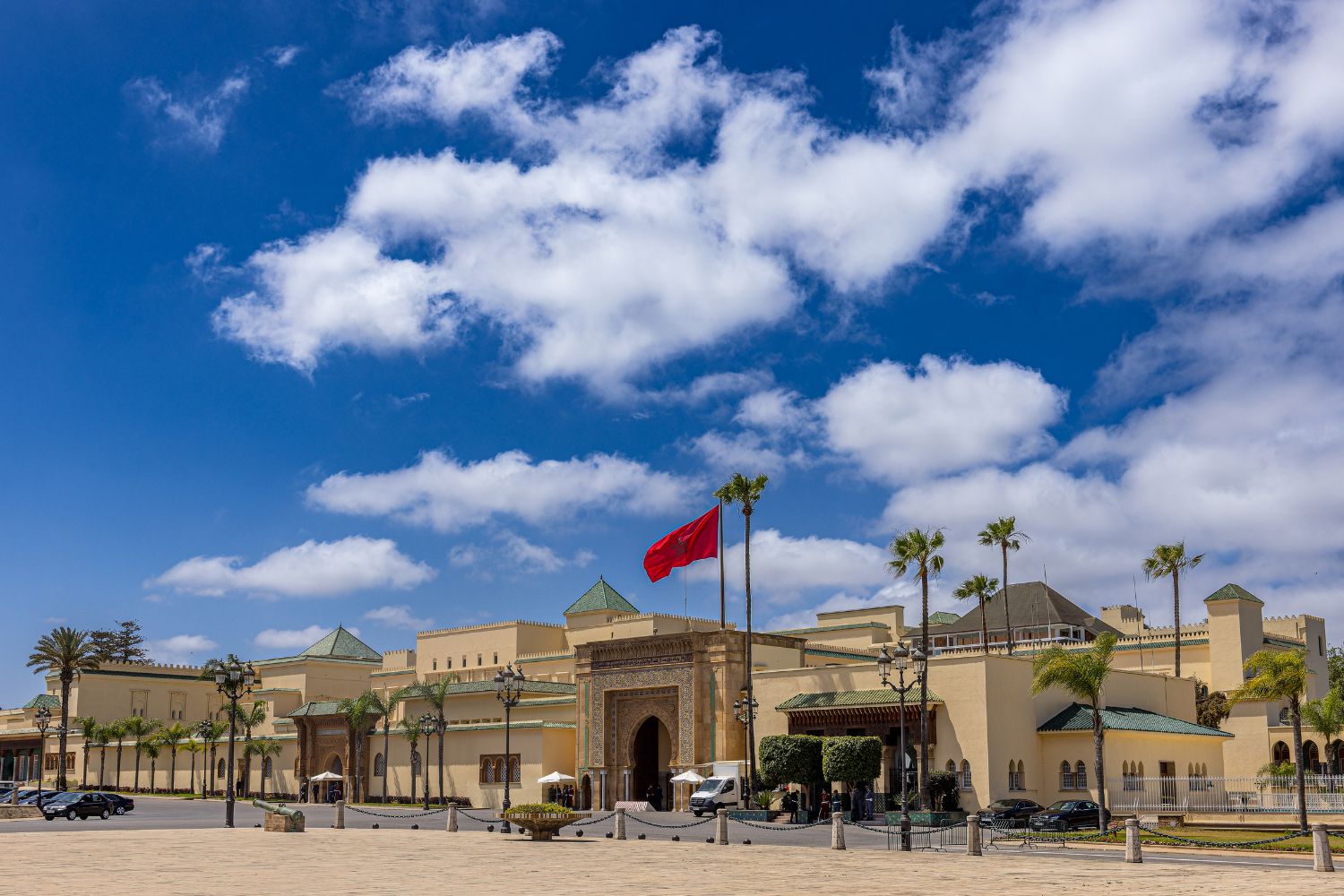
The Royal Palace in Rabat, also known as Dar el Makhzen, is the primary and official residence of the King of Morocco. The palace complex includes beautiful gardens, a mosque, and a school, all enclosed within imposing walls. The palace’s architecture and the precision of its designs showcase the richness of Moroccan royal tradition.
Cultural Significance of this Historical Palaces
- Centers of Power and Governance: These palaces were not just royal residences; they were centers of power, governance, and cultural development. They played a crucial role in the political and social life of Morocco.
- Reflection of Moroccan History: Each palace tells a story of different eras, from the reign of Sultans to the colonial period, offering insights into the complex history of Morocco.
Preservation and Tourism
- Conservation Efforts: The Moroccan government and various international organizations are involved in the preservation of these historical sites, ensuring their legacy endures for future generations.
- Tourism and Education: These palaces, many of which are open to the public, serve as important educational sites, offering visitors a glimpse into Morocco’s royal past and architectural heritage.
Challenges and Opportunities
- Modernization and Preservation: Balancing the need for modernization with the preservation of historical authenticity is a key challenge in maintaining these palaces.
- Cultural Heritage Tourism: The palaces offer significant potential for cultural heritage tourism, which can be a sustainable way to contribute to the local economy while promoting Moroccan history and art.
The historical palaces of Morocco are more than just buildings, they are a journey through time, showcasing the nation’s royal legacy, architectural brilliance, and cultural richness. They stand as proud symbols of Morocco’s past, offering invaluable insights into its history, art, and society.
